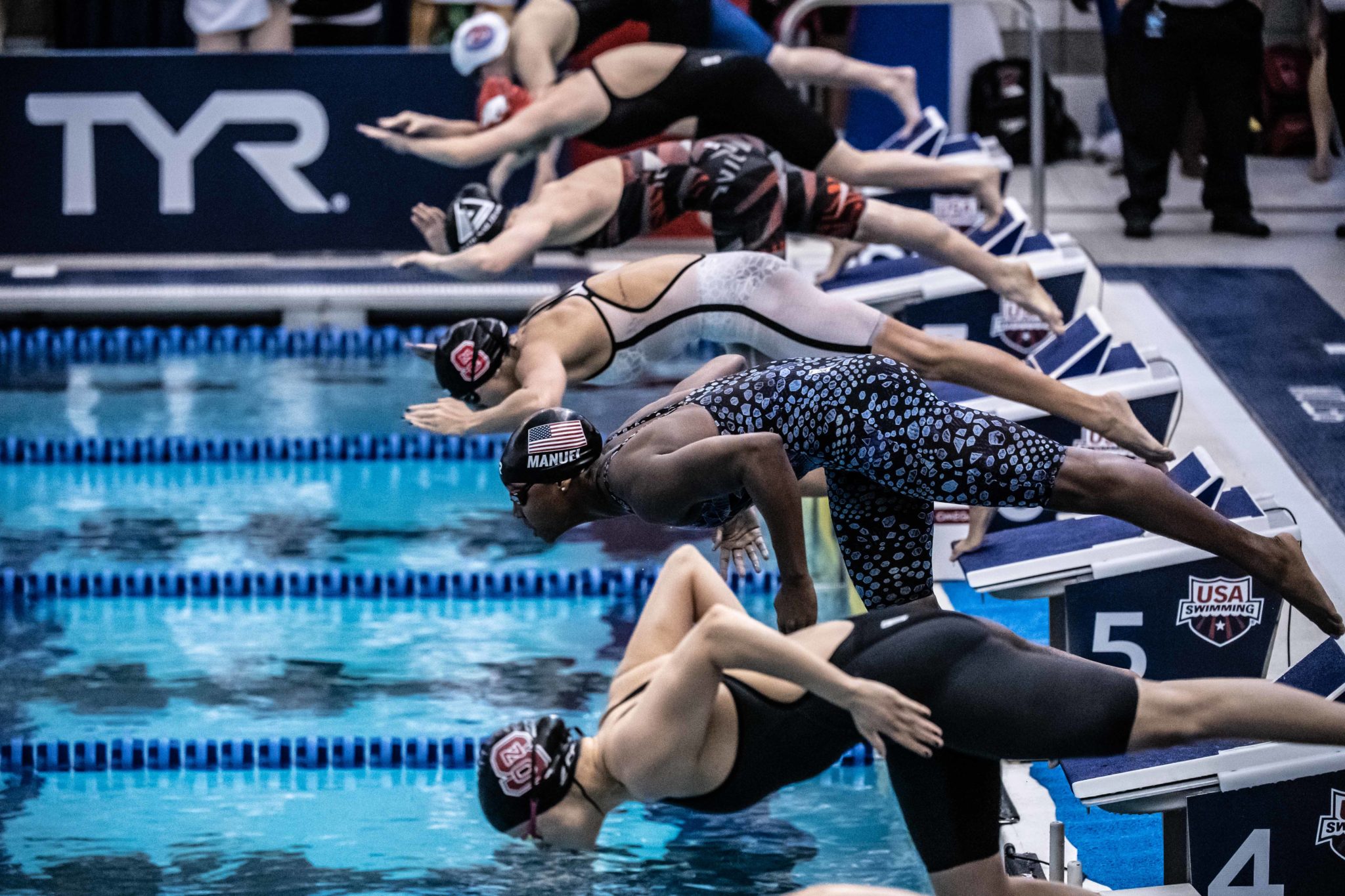Competitive swimming is a thrilling sport that demands precision, endurance, and mental fortitude. “Racing the Clock: Competitive Swimming Strategies” delves into the tactics and techniques that elite swimmers employ to achieve peak performance during races. From meticulous race preparation to strategic race execution, mastering these strategies is essential for swimmers aiming to excel in competitive settings and achieve personal bests.

Importance of Mental Preparation
Mental preparation plays a pivotal role in competitive swimming success. Visualizing race scenarios, setting realistic goals, and maintaining a positive mindset are critical aspects of mental readiness. Moreover, managing pre-race nerves and channeling adrenaline into focused energy enhances performance under pressure. Additionally, confidence in training and race strategies builds mental resilience, ensuring swimmers stay composed and focused throughout races. Thus, by prioritizing mental preparation, swimmers can optimize their competitive mindset and approach each race with confidence and determination.
Race Strategy Formulation
Formulating a race strategy is essential for navigating the intricacies of competitive swimming. Analyzing competitors’ strengths and weaknesses, as well as understanding race dynamics such as pacing and turns, informs strategic decision-making. Moreover, tailoring strategies to capitalize on personal strengths, whether in sprint distances or endurance events, maximizes race performance potential. Additionally, adjusting strategies in real-time based on race conditions and competitors’ movements ensures adaptability and competitiveness. Therefore, by crafting and executing well-defined race strategies, swimmers can effectively race the clock and achieve peak performance outcomes.
Pre-Race Rituals and Warm-Ups
Pre-race rituals and warm-ups set the tone for optimal performance in competitive swimming. Establishing consistent pre-race routines, including warm-up drills, stretches, and visualization exercises, primes muscles and enhances focus. Furthermore, maintaining hydration and fueling with balanced nutrition before races supports energy levels and endurance. Additionally, engaging in relaxation techniques, such as deep breathing or gentle stretching, calms nerves and promotes mental clarity. Hence, by adhering to structured pre-race rituals and warm-ups, swimmers prepare both physically and mentally for competitive challenges ahead.
Technical Focus: Starts and Turns
Starts and turns are pivotal moments that can make or break race outcomes in competitive swimming. Mastering explosive starts with streamlined dives minimizes reaction time and maximizes initial momentum. Furthermore, executing precise turns, whether flip turns or open turns, reduces drag and optimizes push-off efficiency. Moreover, maintaining underwater streamline and propulsion post-turn accelerates speed and maintains momentum into subsequent laps. Therefore, by honing starts and turns through focused technique drills and repetition, swimmers gain a competitive edge and enhance overall race performance metrics.
Pace Management and Stroke Efficiency
Effective pace management and stroke efficiency are fundamental to sustained performance excellence in competitive swimming. Establishing and maintaining optimal race pace through strategic breathing patterns and stroke cadence conserves energy and ensures sustainable speed. Moreover, refining stroke techniques, such as freestyle or butterfly strokes, enhances efficiency and reduces drag resistance. Additionally, maintaining consistent stroke mechanics throughout races minimizes energy expenditure and supports endurance capacity. Thus, by prioritizing pace management and stroke efficiency, swimmers can sustain competitive intensity and achieve peak performance outputs in races.
Post-Race Analysis and Reflection
Post-race analysis and reflection are integral components of continuous improvement in competitive swimming. Reviewing race performances, identifying strengths and areas for improvement, and receiving feedback from coaches or peers offer valuable insights. Moreover, celebrating achievements and learning from setbacks foster resilience and motivation for future races. Additionally, incorporating recovery strategies, such as cool-down exercises and hydration replenishment, supports muscle recovery and reduces post-race fatigue. Therefore, by embracing a cycle of analysis, reflection, and recovery, swimmers refine skills, optimize training regimens, and enhance overall competitive readiness.
Conclusion
In conclusion, “Racing the Clock: Competitive Swimming Strategies” underscores the importance of meticulous preparation, strategic race execution, and continuous improvement in achieving success in competitive swimming. By emphasizing mental preparation, formulating effective race strategies, adhering to structured pre-race rituals and warm-ups, mastering technical elements like starts and turns, managing pace and stroke efficiency, and embracing post-race analysis and reflection, swimmers can elevate their performance and achieve their competitive goals. Thus, for swimmers aspiring to excel in competitive environments and race against the clock, these strategies serve as essential tools for achieving peak performance and personal bests in the pool.



